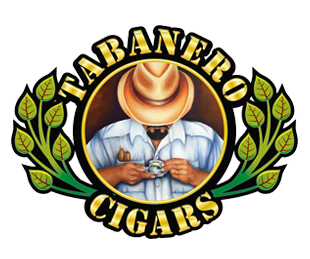The History Behind The Sombrero
Most of us are familiar with the famous sombrero - the comically large hat worn by Mexican men. However, this is a rather ignorant viewpoint, and the sombrero has, in fact, a very deep and rich history and cultural importance.
Another thing with significant cultural importance and rich history is the iconic cigar. Sadly also subject to stereotypical viewpoints, yet the cigar is still known to give an elite aura.
If you are in search of high-end cigars, then don't forget to visit Tabanero Cigars for some of the best, most enjoyable cigars.
Here, we shall delve into the history behind this type of hat, along with gaining a better understanding of its cultural significance.

What Is A Sombrero?
In English, a sombrero is a broad-brimmed hat from Mexico that is worn to protect against the sun. It has a high pointed crown, an extra-wide brim with a bit of upturn at the edge, and a chin strap to keep it in place. The sombrero de charro is the Mexican name for this hat.
This is a broad-brimmed straw or felt hat with a towering crown that is popular in Spain, Mexico, and the Southwest of the United States.
History Lesson!
The notion of the sombrero as a comically oversized Mexican wide-brimmed straw hat is based on stereotypes, which are frequently unfavorable and sometimes dangerous. The sombrero has a long and illustrious history, and it is a vital aspect of Mexican culture.
The name sombrero comes from the Spanish word Sombra, which means shade, and emphasizes its practicality and functionality. It also has a long history, having been initially worn in the 15th century.
The broad-brimmed, high-crowned hat was designed to provide enough shade not just for the wearer's head and neck but also for their shoulders during long days of working outside in the hot Mexican heat.
The actual origins of the sombrero are somewhat unknown - 13th-century Mongolian riders were known to wear wide-brimmed hats when riding. Still, it is widely assumed that the Mexican sombrero originated with Mestizo cowboys in Central Mexico.
It also served as the foundation for the cowboy hat, as ranchers in the United States embraced and tweaked the style, narrowing the brim and resulting in the classic cowboy hat.
Additionally, the sombrero was made of more than simply straw. Sombreros were frequently made of felt, and the material you wore depended on your social and economic status.
Farmers and peasants wore the cheapest and most basic sombreros, which were made of straw.
They may be manufactured out of several types of straw, and dyed straw was frequently used to produce different patterns and motifs. The wealthier classes wore felt sombreros, and even velvet sombreros, which may be ornately stitched and adorned.
Furthermore, simple straw sombreros usually have a narrower brim. They are simply intended to guard against the sun. In contrast, more expensive sombreros made of heavier materials have a wider brim that not only protects against the sun but also shields the wearer's garments from rain.
Sombreros can be embellished with anything from gold and silver embroidery to beads and sequins, with the chin strap made of leather or ribbon, according to the wearer.
Jarabe Tapato, or Mexican Hat Dance, is another essential aspect of Mexican culture that features the sombrero. This Mexican national dance is a courting dance that depicts the tale of a young charro guy attempting to win the love of a woman.
His sombrero is his most valued property, which he throws on the ground as a gift for her, which she welcomes by dancing on the brim of his hat.







Yanko Maceda
Author